Via del Rafut – Konstanjeviska cesta
Gorizia is a town in north eastern Italy, situated on the Isonzo River north of Trieste. By treaty in 1947 Yugoslavia received the northern outskirts of the town, and the adjoining Yugoslav town of Nova Gorica was developed. With the breakup of Yugoslavia, the frontier remained as the division between Italy and Slovenia until the implementation of the Schengen Agreement by Slovenia on December 21, 2007. Since May 2011, these towns have been joined in a common trans-border metropolitan zone, administered by a joint administration board. This report is part of a series from a day I spent visiting the borders in this divided town. Links to the right for the other reports as I did them. I visited this point as part of the IBRG SITEX-23 expedition.

The following point of interest is a small border crossing that connects Via del Rafut (Italy) to Kostanjeviska cresta (Slovenia). There are border markers and a symbolic barrier on the Italian side. There is also a photographic display of the border over time and how the border at this point had changed.
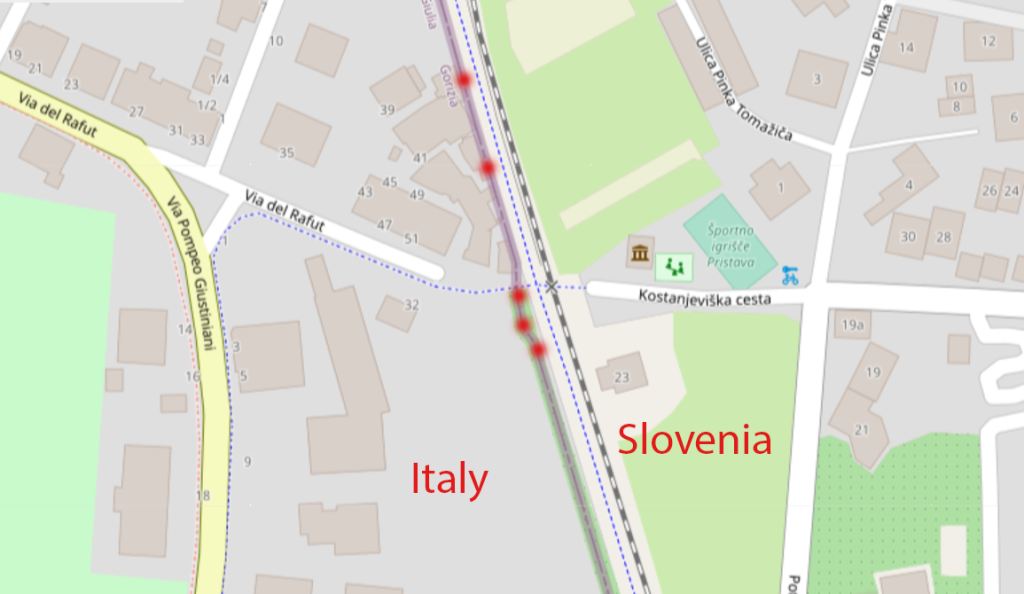
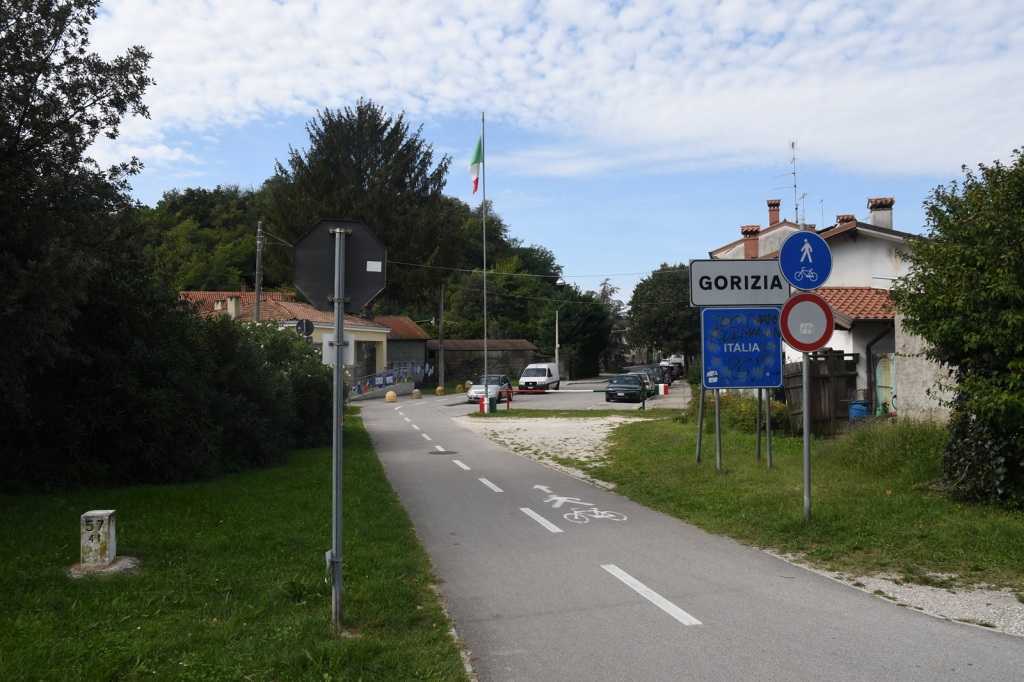

The border crossing was restricted with motor vehicles not allowed. Although an Italian farmer took his tractor (and dog across) to farm a parcel of land he owned in Slovenia. It would be interesting to know how common this cross border property ownership was.
There were several border markers, south of the crossing as well as north against the Italian homes rear boundary.
South of the Crossing
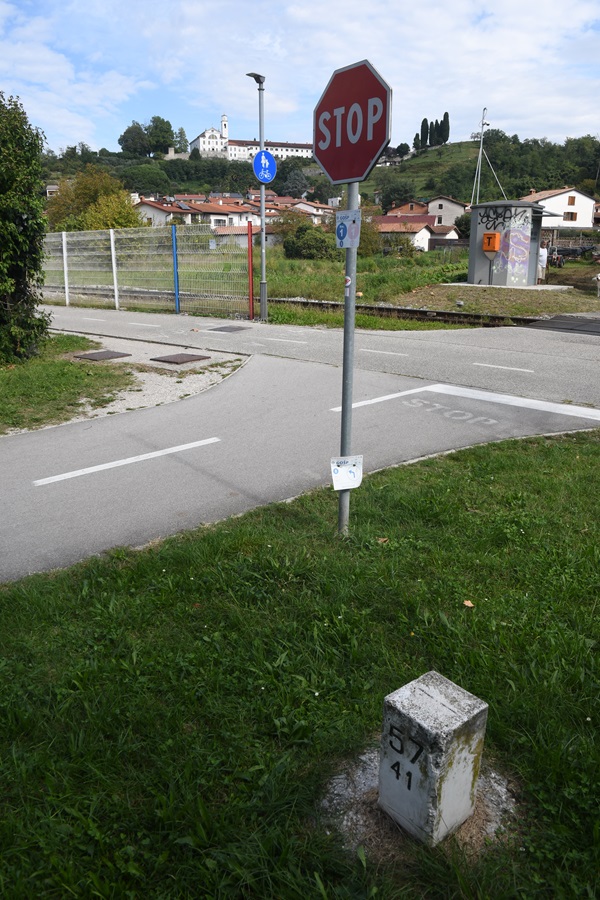

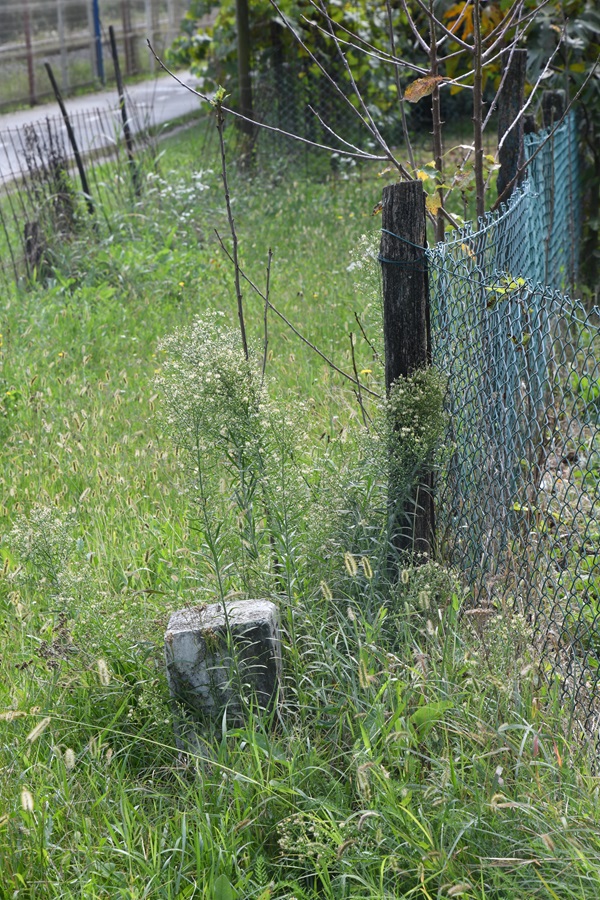

North of the Crossing
The markers were set right against the Italian properties walls.




As we were exploring the border markers north of the crossing, it was clear that all the area belonged to Slovenia with the markers right against the rear walls of the Italian properties. The border was moved to facilitate this. The railway fence was painted in Slovenian colours and whilst we were there a train passed, so close to Italy but only linking Slovenian towns. My report on the train station is here.
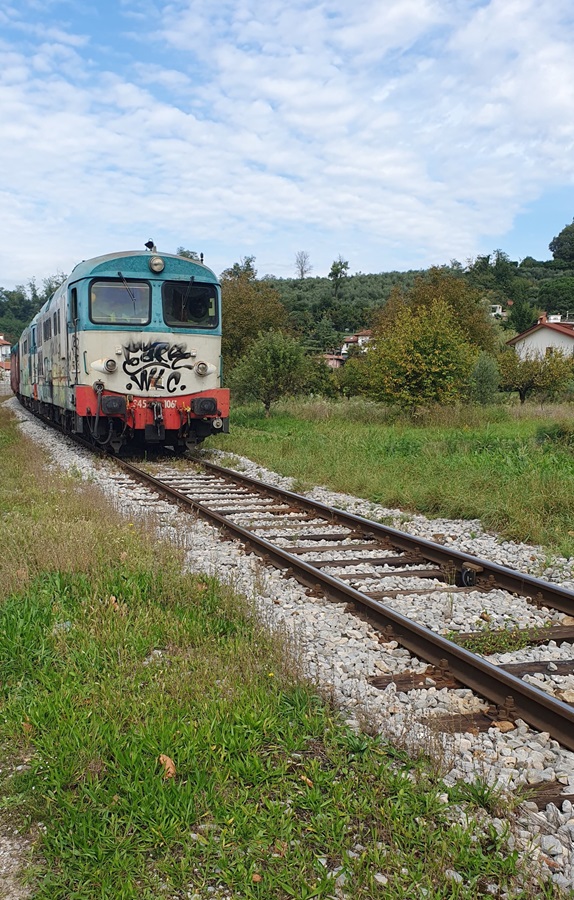

Historical Artifacts
There was a photo display indicating the way the border had changed over the years. There was also a symbolic border barrier in Italian colours which was a focus of interest. The border at this point was moved east to provide Slovenia more land around the rail track.

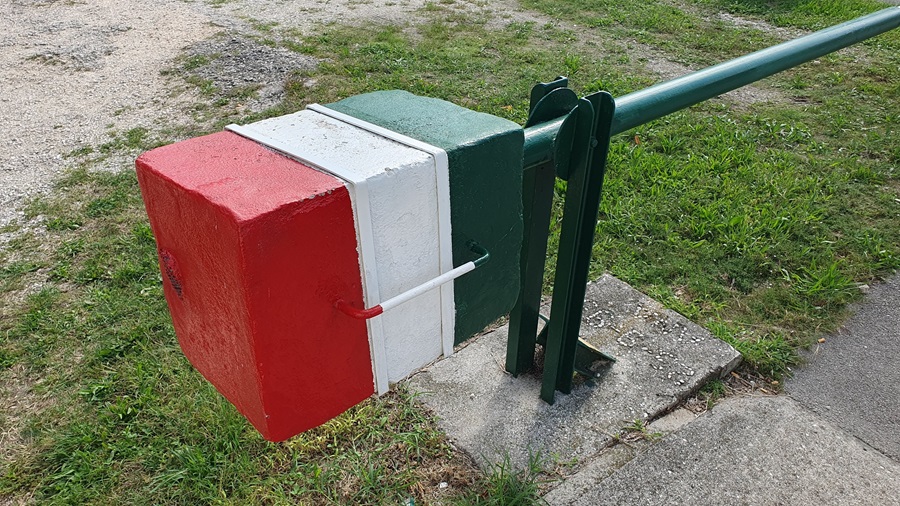
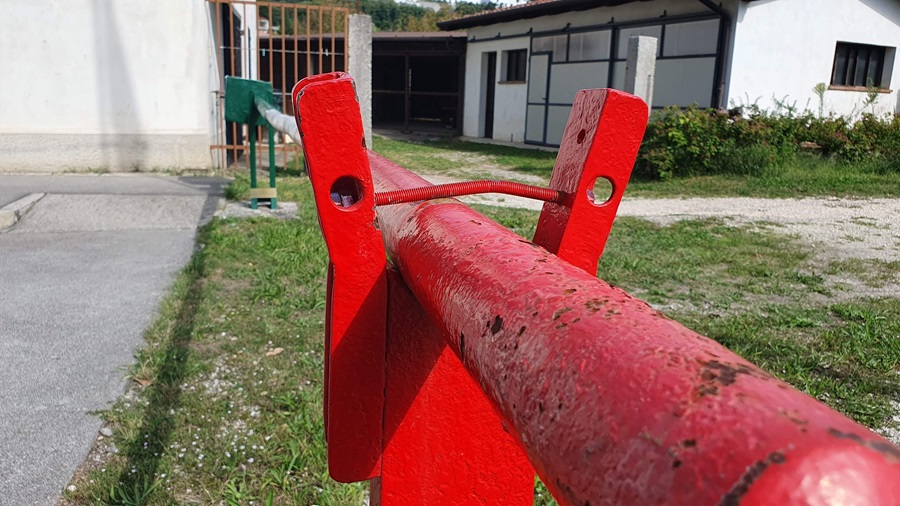

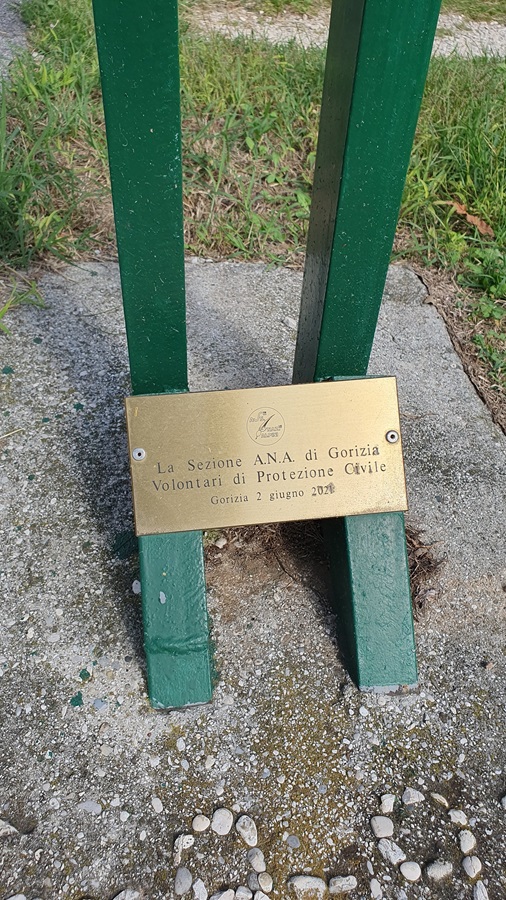
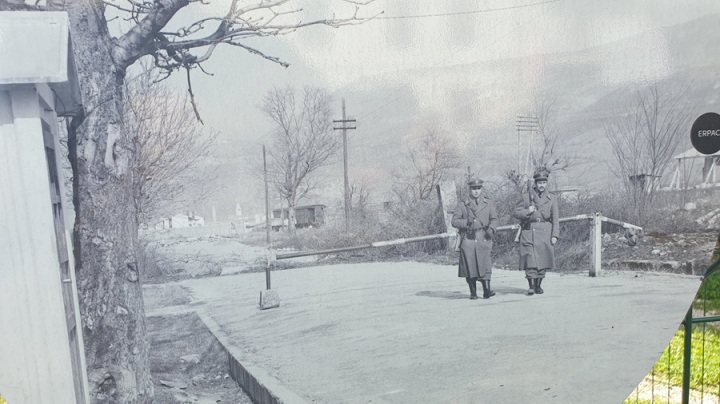
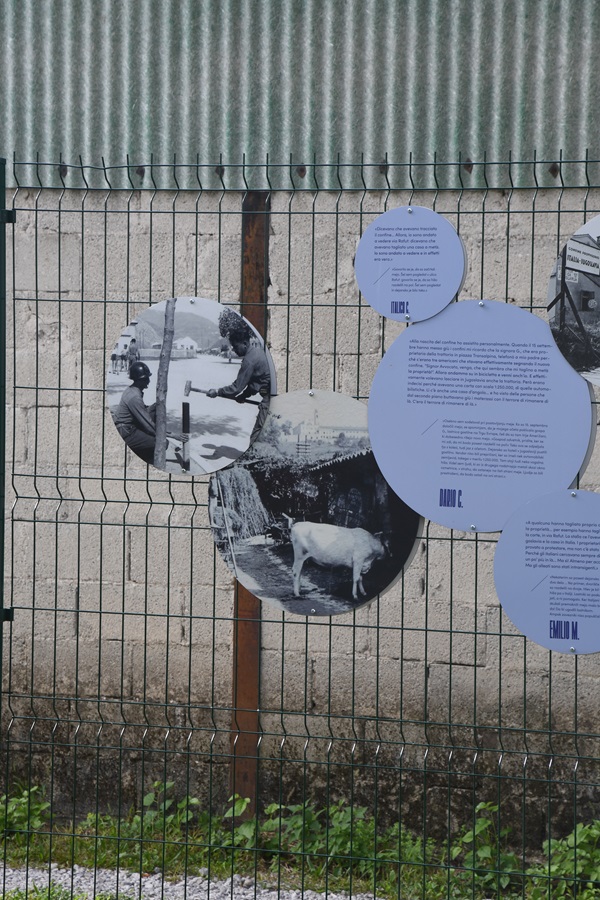
The Farmer
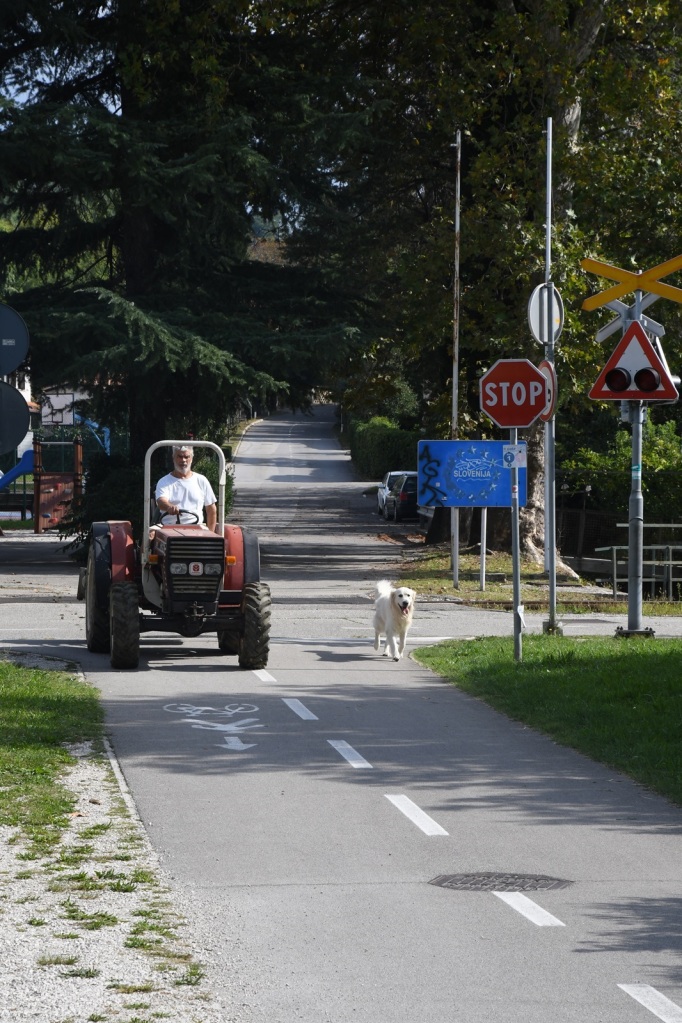

Date of Visit: 30 September 2023
